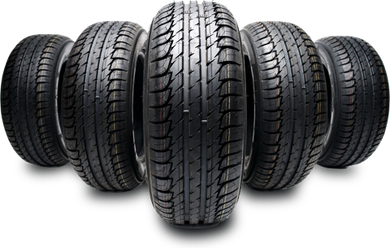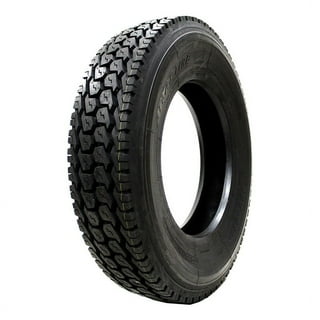Trusted Tire Shop Morris: Comprehensive Tire Solutions and Exceptional Service
Tire Service: The Influence of Climate Condition
When it concerns making certain ideal efficiency and safety on the roadway, comprehending the effect of weather on tire service is important. From scorching heat to icy roads, each climate component can substantially affect tire functionality and total driving experience. By delving into the results of varying climate condition on tires, motorists can get useful insights that might enhance their vehicle's performance and longevity. In this conversation, we will explore the complex partnership in between climate problems and tire service, clarifying the relevance of weather-specific tire maintenance techniques and considerations.
Heat and Tire Efficiency
When revealed to heats, tires experience changes in performance that can substantially influence vehicle safety and security and handling. The warmth generated from prolonged driving or warm climate conditions creates the tire rubber to soften, leading to reduced walk life and enhanced wear. As the rubber becomes softer, the tire's grasp when driving reduces, affecting braking distances and overall grip. In extreme situations, too much warmth can also create tire blowouts, positioning a serious safety and security threat to the vehicle and its occupants.
In addition, high temperatures can increase the procedure of tire aging, causing the rubber to deteriorate a lot more rapidly. To alleviate the impacts of warmth on tire efficiency, chauffeurs need to routinely check their tire pressure, revolve tires to make sure even use, and examine for any kind of signs of damages.
Winter Effects
Cold weather condition conditions can have a substantial impact on tire efficiency and safety and security. In cold weather, tires may likewise shed air pressure more quickly, which can impact dealing with and gas effectiveness.
To mitigate the effects of cold weather on tires, it is essential to routinely inspect tire pressure and inflate them to the maker's suggested degrees. Making use of winter or all-season tires developed for chilly climate conditions can also boost grip and hold on icy or snowy roadways - tire shop morris. Proper tire maintenance, including regular inspections for wear and damages, comes to be much more essential throughout cooler months to make certain optimum efficiency and security
Rainy Conditions Impact
During wet conditions, tire efficiency and security can be significantly influenced by the damp roadway surfaces and reduced exposure. The step pattern of tires plays an important duty in maintaining traction on wet roads. Tires with worn-out footsteps are extra susceptible to hydroplaning, where a layer of water accumulates between the roadway and the tire surface, causing loss of traction. To fight this, vehicle drivers should on a regular basis evaluate their tires for appropriate tread depth and think about buying tires especially created for damp conditions.

Snow and Tire Safety And Security
When driving in snowy problems, having the best tires can make a significant difference in safety and security and performance. Winter tires are created with special rubber substances and step patterns to provide far better traction on snow and ice contrasted to all-season tires.
In addition to utilizing winter tires, it is vital to ensure they are properly inflated. Winter can cause tire pressure to go down, affecting traction and handling (tire shop morris). Routinely inspecting and preserving the right tire pressure is essential for ideal efficiency in snowy conditions

Weather-Related Tire Upkeep
Weather-related tire upkeep encompasses a range of techniques aimed at guaranteeing optimum tire function and long life in different weather condition circumstances. One crucial aspect of weather-related tire maintenance is view publisher site tire stress policy. Evaluating tire step routinely and changing tires when step wear gets to a certain depth is vital for maintaining grip and security in damaging weather condition.
Final Thought
In conclusion, climate condition have a considerable influence on tire performance and security. From warmth impacting tire pressure and use to winter reducing traction, it is necessary to consider the climate when keeping and making use of tires. Rainy conditions can reduce hold and lead to hydroplaning, while snow can enhance the risk of accidents if tires are not appropriately furnished. Weather-related tire maintenance is crucial in guaranteeing optimum performance and safety when driving.
In this discussion, we will check out the elaborate connection in between climate problems and tire service, dropping browse this site light on the importance of weather-specific tire maintenance practices and considerations.
